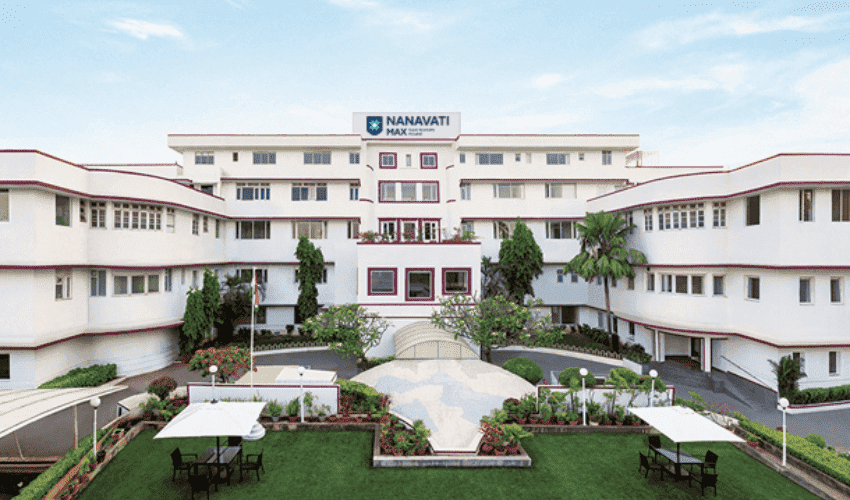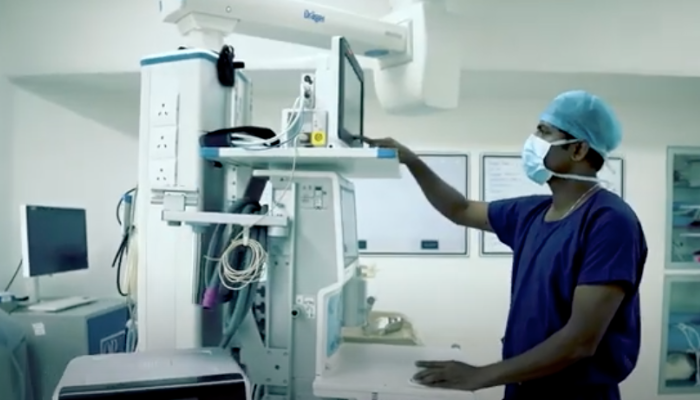Nanavati Max Super Speciality Hospital in India Has Opened New 3D Printing Lab

Over time, the use of 3D printing has become increasingly widespread in the medical field. From 3D-printed medication to bioprinting platform installations, hospitals are adopting this technology for a variety of applications, including optimizing the duration and precision of surgical procedures. Recently, Nanavati Max Super Speciality Hospital in Mumbai, India, opened a medical 3D printing laboratory with the aim of doing just this. The facility offers a range of medical specialties, such as cardiology, neurology, orthopedics and oncology. By using 3D printing technologies, the facility hopes to be able to facilitate high-precision surgeries, especially in oncology.
The 3D printing laboratory in question is equipped with two high-performance printers dedicated to the creation of bone models, offering an improved approach to the study of anatomy and complex pathologies. It can also produce cutting guides that simplify the planning and precise execution of bone cancer procedures. These guides, essential in surgery, play a crucial role in guiding the surgeon throughout the operation.

3D printing is used to create bone models and cutting guides at Nanavati Max
A New 3D Printing Lab at Nanvati Max Super Specialty Hopsital
The project is led by Dr. Manish Agarwal, Director of the Surgical Oncology Section at the Nanavati Max Institute of Cancer Care. In this laboratory, a team of bioengineers ensures rapid production of bone models and cutting guides. Previously, these indispensable tools could take up to two weeks to manufacture, but now they are ready for the surgical team within 24 to 48 hours.
Dr. Agarwal further explains, “In cancer treatment, where each day counts, such a rapid turnaround offers a dual benefit: it’s not only faster but also more cost-effective for our patients. Additionally, the use of open-source software and in-house resources makes this advanced technology highly affordable, further enhancing patient accessibility and care.”
Using scanners, they virtually design 3D bone models, which are then used by 3D printers to create highly accurate cutting guides. The bone models help in surgical planning, while the cutting guides adjust perfectly to the patient’s bone structure, providing surgeons with precise guidelines for meticulous excisions.
Ultimately, this technology improves the precise delineation of tumor-affected areas, preserving healthy bone tissue. “Utilizing custom-made jigs, detailed bone models, and advanced navigational tools, our surgical planning is elevated to a level that significantly improves patient outcomes. These innovations not only aid in precise surgical interventions but also play a critical role in enhancing the overall quality of life for our patients,” concludes Dr. Manish Agarwal.
Indeed, the arrival of 3D printing at this hospital therefore aims to make precision surgery easily accessible and affordable. Furthermore, it shows the continued advancement of additive manufacturing in India.
What do you think of this new 3D printing lab in Nanvati Max Super Speciality Hospital? Where do you think we will next see the expansion of additive manufacturing in India? Let us know in a comment below or on our LinkedIn, Facebook, and Twitter pages! Don’t forget to sign up for our free weekly newsletter here, the latest 3D printing news straight to your inbox! You can also find all our videos on our YouTube channel.
*All Photo Credits: Nanavati Max Super Speciality Hospital






